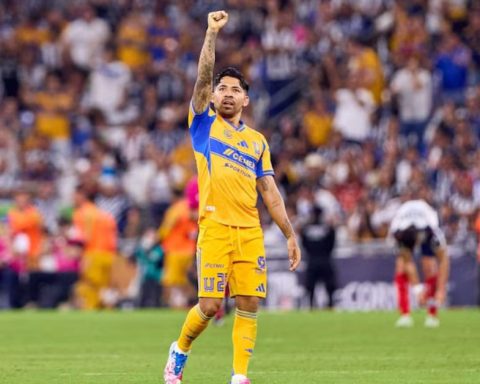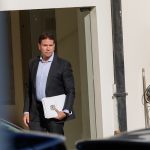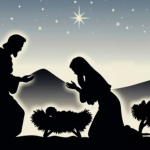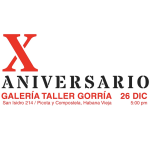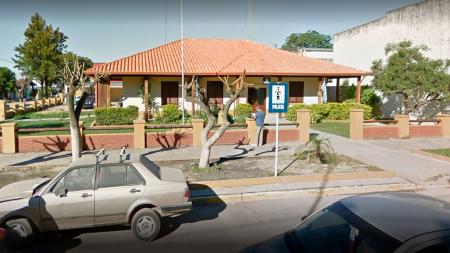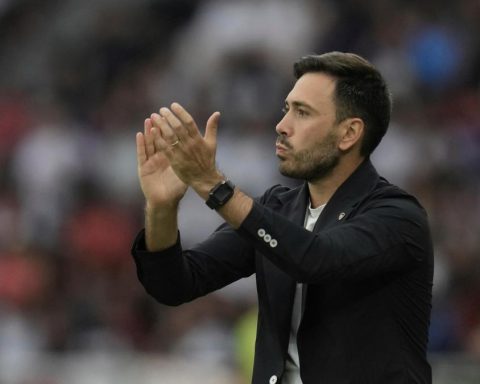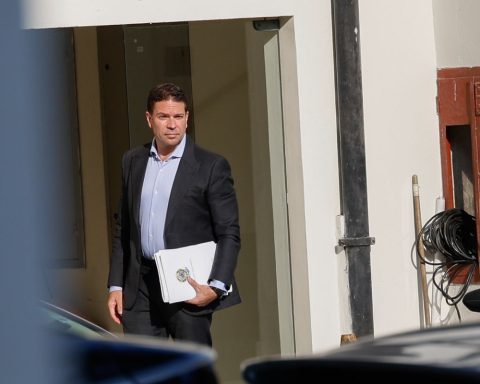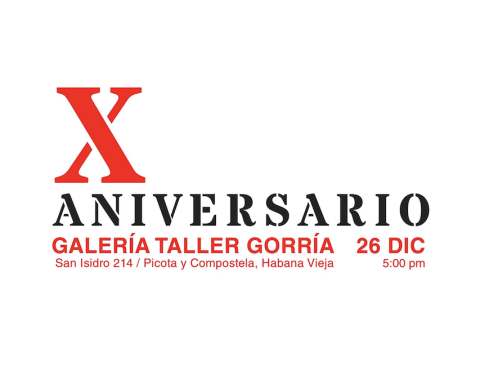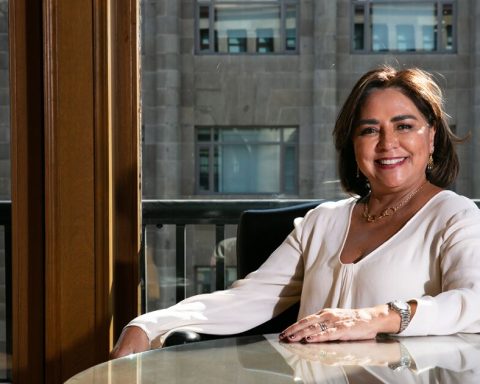January 8, 2023, 4:00 AM
January 8, 2023, 4:00 AM
In recent days, the monument to El Cristo Redentor has embraced thousands of citizens who have gathered to raise their voices against what they consider an injustice and an attack on democracy: the imprisonment of Governor Luis Fernando Camacho. The repressions and confrontations have turned this historic space into a battlefield.
The emblematic monument, a symbol of the faith of the people of Santa Cruz, since 1987 has witnessed the civic and regional struggles that have transformed the history of the country, including the million-dollar council in 2006 to demand the results of the referendum for autonomy, the 2019 council to demand respect for 21-F, the mobilizations against fraud in the elections that ended with the resignation of Evo Morales from the presidency and the largest council in history during the 36-day strike, in the framework of the fight for the census.
For Germán Antelo, former civic president, El Cristo has become a symbol of rebellion and protest in demand for transparency and honesty. In addition, it becomes a place for people who want to protest when democracy and the rule of law are not respected.
“The civic institutions of Santa Cruz have always fought within the democratic framework so that we live respecting the laws and so that no one is above the rule of law, so the people have done so through rallies and town halls to express this,” said Antelo.
The past civic president also stressed that the weight of these concentrations has not only stood out within the regional sphere, but has had repercussions on a national scale, changing centralized and unitary Bolivia for a country with autonomies.
Regarding the latest clashes in this area, Antelo indicated that no one should accept that concentrations in El Cristo are not allowed. “It is not possible that repressive forces repress people who want to join spontaneously in this area because El Cristo, for us, means demanding respect for the rule of law and democracy.”
For his part, the past civic president, Herland Vaca Diez, indicated that El Cristo is a space that gives the population the opportunity to congregate and demonstrate peacefully, as has been done through the last councils.
“The ones who started the violence were them. Why didn’t they do the census in 2022? Why did they commit fraud in 2019? Why is there so much disrespect for the people and are they so centralist? ”, She questioned.
Vaca Diez added that, in recent days, the protests carried out by self-convened citizens in El Cristo have been the “genuine expression of the people”, as they do at election time when they go to the polls where they express themselves through the vote. So, those who “disturb” these demonstrations to frighten the population are “totalitarian and undemocratic governments,” she says.
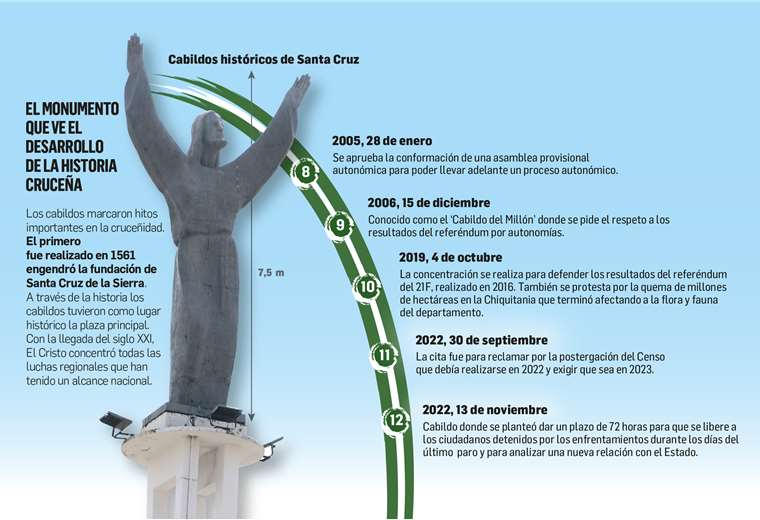
Historical facts
Historians Paula Peña and Alcides Parejas recalled that the installation of the monument to El Cristo, on the second ring road, was done in commemoration of the IV centenary of the founding of Santa Cruz de la Sierra in 1961, a date that also coincided with the IV Eucharistic Encounter held in that year.
Peña noted that on February 26, 1987, the Pro Santa Cruz Committee organized what is now known as the Oath to Santa Cruz, where a crowd of people gathered at the foot of the monument and swore to “preserve our moral values against crime and drug trafficking and the struggle to achieve our autonomy that for justice and historical will corresponds to us”.
“However, it was in the 21st century that El Cristo became the center of the demonstrations and definitively supplanted Plaza 24 de Septiembre, since, with demographic growth, the main square became too small. Therefore, El Cristo is today the space that brings together the population to manifest their permanent Santa Cruz struggle to achieve their rights, to defend democracy and, above all, freedom.”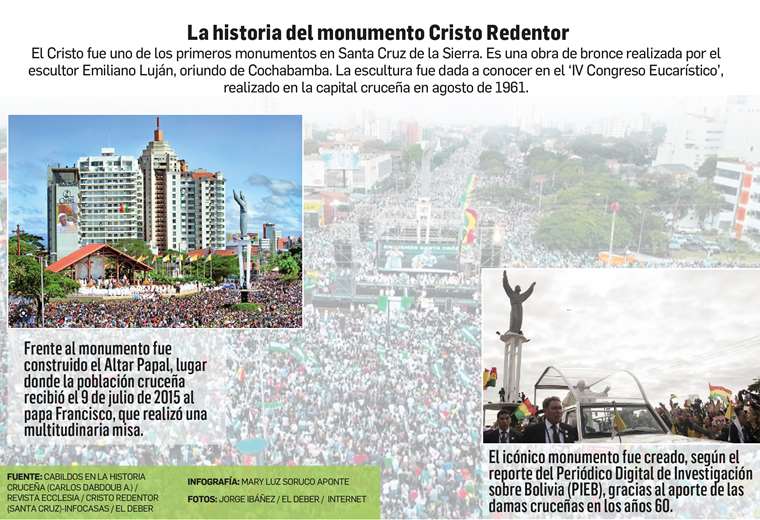
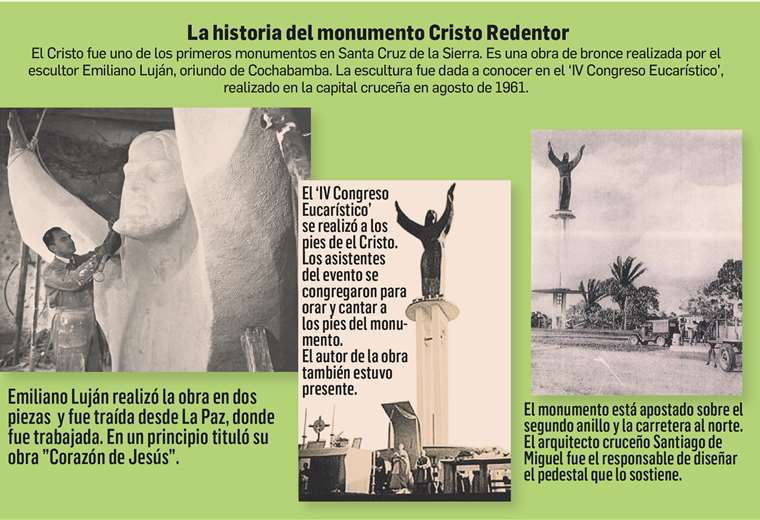
Meanwhile, Parejas said that, since its inauguration, the monument has become a symbol for the city not only in a religious sense, but also in a social and crossroads symbol.
“He is a Christ who opens his arms and embraces everyone. Also, the main events in which people have gathered have been around El Cristo, which is why he becomes a mainstay of Cruceñidad, ”he added.
For the analyst José Orlando Peralta, this monument has a strong symbolic charge due to political factors, represented by the councils, and cultural factors, due to the Catholic faith that has been rooted in Santa Cruz for many years.
Analyst Daniel Valverde agrees that this place has a double symbology because since the 2003 town hall it has become a natural space for decision-making. In addition, being an area for transcendental acts such as the mass of Pope Francis in 2015.






